The galleries house permanent exhibits that include furniture, paintings, and decorative arts. An exhibit on Dedham Pottery has materials that rotate. Additionally there are multiple exhibits during the year, ranging in size and duration.
On view through September, 2024
In 1824-1825, the Marquis de Lafayette visited the United States on a Farewell Tour. This true hero of the American Revolution and a constant friend of the United States returned after a forty-year absence. Having joined the cause at the age of 19, the 67-year-old, the last surviving Major General of the Continental Army, visited all twenty-four states and Washington City. One of his stops was in Dedham. Nearly a quarter of the roughly 12,000,000 Americans rushed to get a glimpse of him. Of his tour it was written, “an event . . . unparalleled in the history of man.”
Lafayette’s involvement in the war was crucial to the success of the Revolution. His involvement stemmed from his social and military connections in France, and as a Freemason. This fraternal organization promoted the ideas of free-thought and the ideals of the Enlightenment, which included the rights of man (hence his interest in the Revolutionary cause) and the abolition of slavery.

April through June 2024

Moseley’s on the Charles was a Dedham institution from circa 1904 through 2022 when it was closed. The property has been sold and will be developed.
Generations of people from within and beyond Dedham swung to the music of the Big Band era, enjoyed ballroom dancing, Irish dancing, 1970s disco, and more. Or attended weddings, parties, and events such as the Taste of Dedham. Many organizations hosted their events within its walls, and people met their future spouses at Moseley’s.
This exhibit took viewers through the history of this icon. From images of dance contests, broadsides and posters, memorabilia, and even the music podium used by Johnny Shea, drummer and bandleader at Moseley’s for more than fifty years.
March 2024

Above: The only known image of Dedham silversmith Katharine Pratt (1891-1978). Pratt was one of only eight silversmiths to receive the prestigious “Medalist” award from the Society of Arts & Crafts in Boston, and the only female silversmith to do so. She is generally regarded as one of the preeminent female silversmiths of the American arts and crafts movement, and her silver is rarely seen on the market today.
November 11, 2022-November 11, 2023

The United States became involved in WWII with the bombing of Pearl Harbor, Hawaii, on December 7th, 1941. American forces were actively engaged until the surrender of Japan on September 2nd, 1945 and for several years thereafter as peacekeeping forces.
What was Dedham’s role in the War?
With this exhibit, the Museum asked community members to share stories and material from their family members who served abroad or on the home front. More than forty families have loaned personal items that belonged to service members who were active in numerous branches of the military. These include letters, memorabilia, uniforms, medals, scrap books, trinkets, “war trophies,” and more. These items, along with printed material and photographs, tell the stories of Dedham families during WWII.
We were honored to be able to share the history of Dedham’s Greatest Generation.
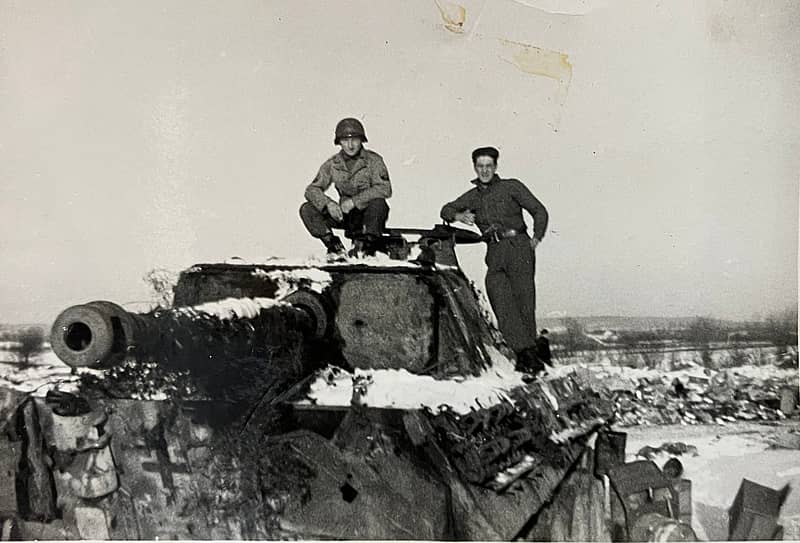
Supporters
Please join us in thanking the following supporters of this exhibit:
The DM&A also thanks John Kelly Painting for donating materials and time for the following: building and painting the main exhibit display and support systems for various items, and improving existing structures for the exhibit.
2020-2022
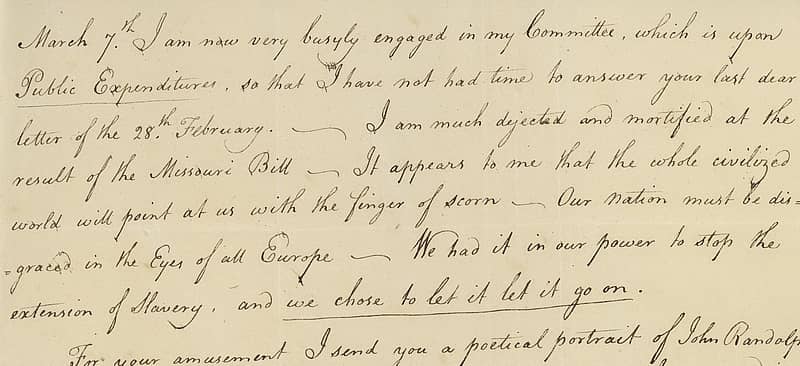
“We had it in our power to stop the extension of Slavery, and we chose to let it let it go on.”
On view are materials drawn from the museum’s important archival collections relevant to slavery, including 18th-century records, educator Horace Mann’s passionate arguments in favor of abolitionism, and contributions made by African Americans living in Dedham. Among the items is a letter written by Edward Dowse (1756-1828), a merchant and Congressman from Dedham who argued strongly against the Missouri Compromise of 1820 (the bill that maintained the balance of power between the North and the South in the U. S. Senate by admitting Missouri to the nation as a slave state alongside Maine as a free state). An excerpt of the letter is illustrated here, with Dowse’s poignant line: “We had it in our power to stop the extension of Slavery, and we chose to let it let it go on.”
2019
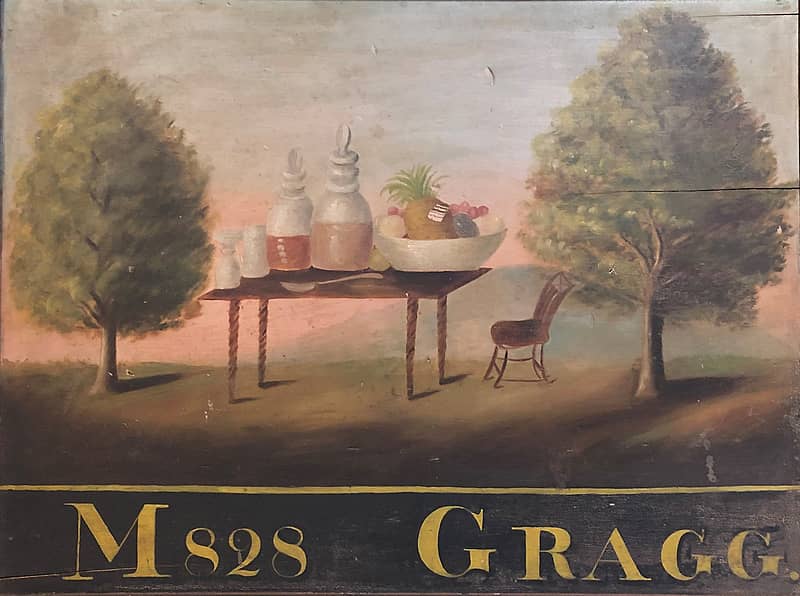
Two early 19th-century tavern signs have been installed in the main exhibition gallery. Visit DM&A to see them in person.
Moses Gragg’s 1828 Tavern Sign
An extraordinary sign with different images on each side.
Dedham’s first tavern was opened in the 1640s, a few years after the town’s founding. By the time Moses Gragg opened his Norfolk Hotel in 1818, there were numerous Public Houses in Dedham offering guests accommodations, food, and entertainment, with many lodgers residing at the inns for months at a time while court was in session.
Accounts state that Gragg had a sign made (whereabouts now unknown) that depicted a bust of George Washington and “Norfolk Hotel, 1822”. The Norfolk Hotel, which still stands at 19 Court Street, was a central location for meetings and social gatherings, with luminaries including General Lafayette among its guests.
By 1821, Gragg’s partner sold his interest in the inn and became landlord of the Dedham Hotel (corner of Washington and High Streets). In 1828, Gragg sold the hotel back to his partner, moved to Milton and opened an inn on the “Canton Turnpike” at the junction of Blue Hill Avenue and Brush Hill Road. Gragg’s interest in announcing his new establishment is evident in this tavern sign owned by the DM&A. The imagery on one side promotes his hospitality (complete with wine and pineapple), while the other identifies local landmarks—the “great oak” opposite Brush Hill, and “Lookout Tower.”
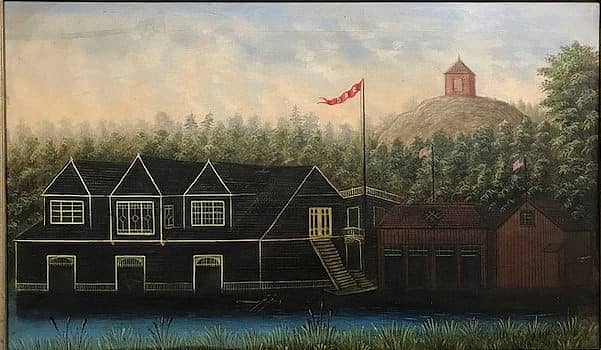
This mini exhibit is one of six held at locations in Dedham. The exhibits were inspired by the Water in Dedham: Past, Present and Future symposium held at the museum on May 4, 2019 (see past events for more details). Each exhibit has a different theme related to water in Dedham. The museum’s theme is boat houses and canoe houses. The Charles River is at Dedham Community House; the mills at Mother Brook Art & Community Center; floods at Endicott library; bridges at the library main branch; and recreation at the Dedham Commuminity Theater.
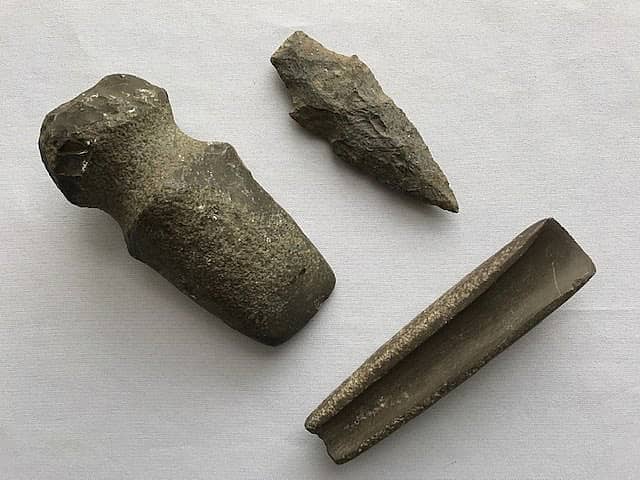
A display of tools that date from thousands of years ago to the 17th century that were found in Dedham and the surrounding area. The items on display were used in farming, hunting, and felling trees. Also on view are important land deeds between Native Americans and the English settlers.
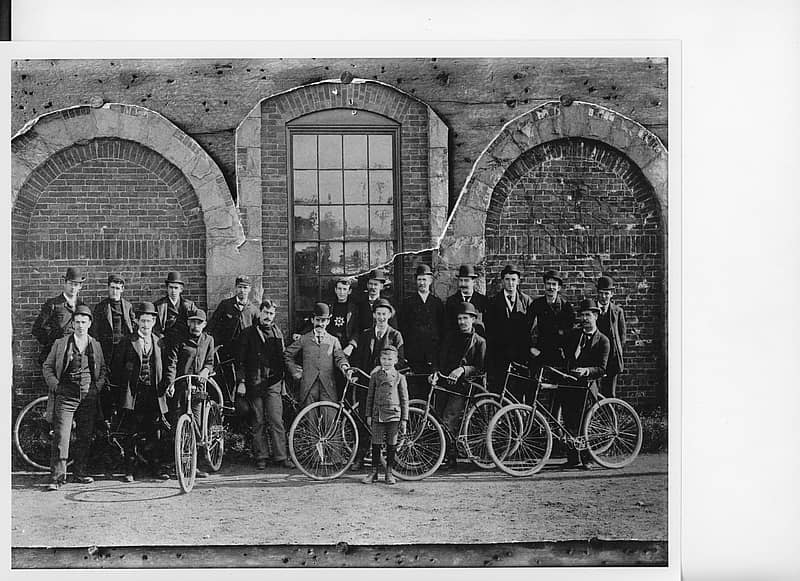
Spring is here and Summer is right around the corner. What better time than to take out your bike and go for a ride? Get into the zone by first visiting the DM&A to see materials relating to the Dedham Cycle Club and other biking materials as well as historic photographs of local enthusiasts enjoying being on two wheels.
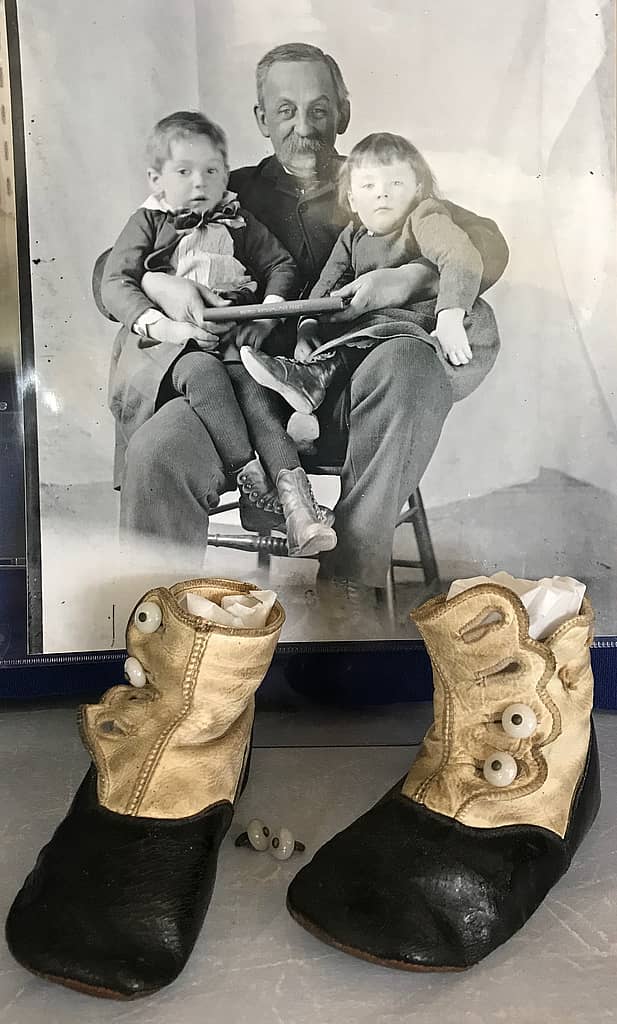
Step on over to DM&A to see a selection of shoes from the museum’s collection, ranging from red brocade slippers from a 1747 Fairbanks wedding, high-heel pumps with silver bead trim from the roaring 1920s, children’s shoes, skates, and a rare shoe from an African American shoe shop brought north after the Civil War. Photographs of Dedham residents, and their shoes, from the 19th and 20th centuries accompany the exhibit.